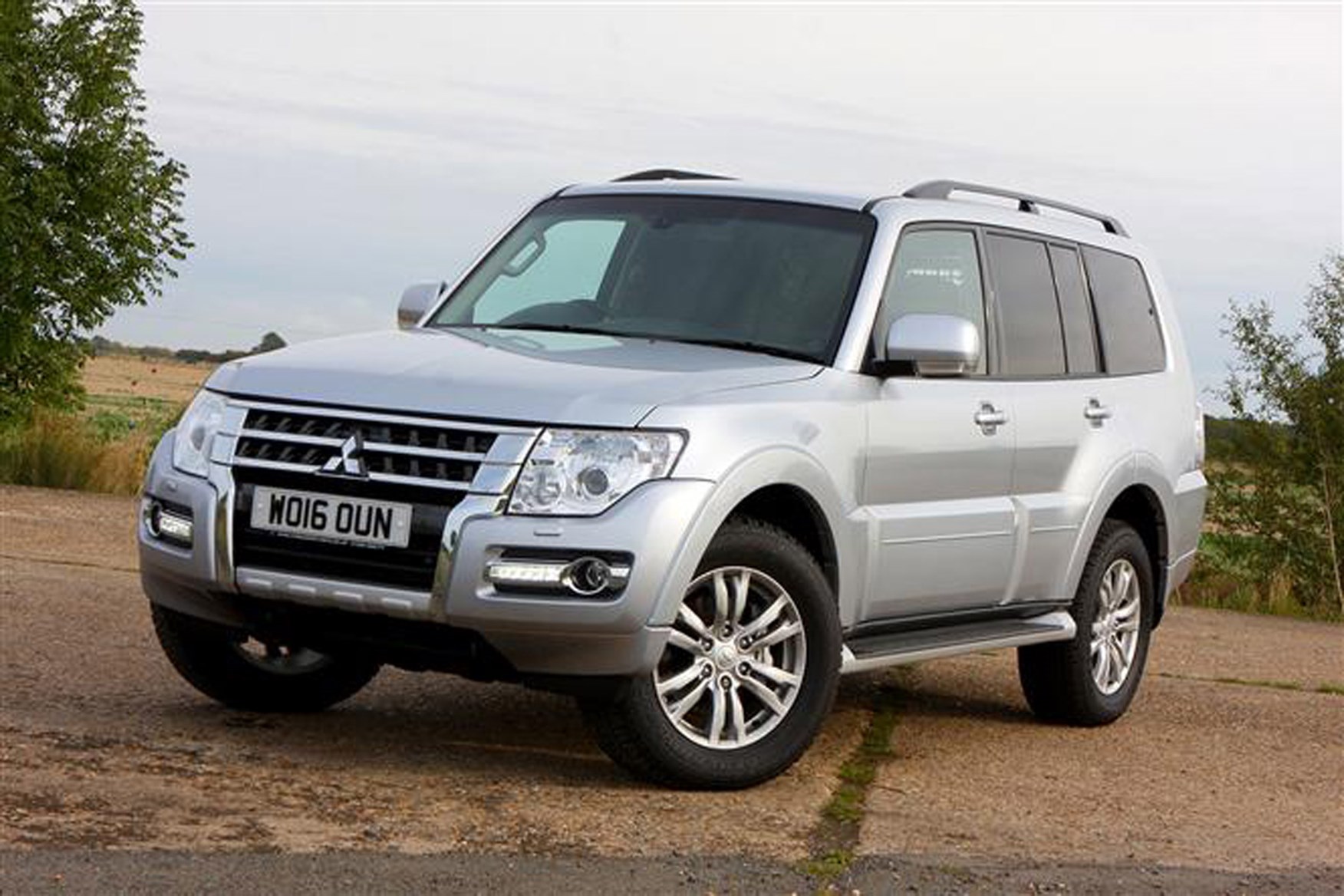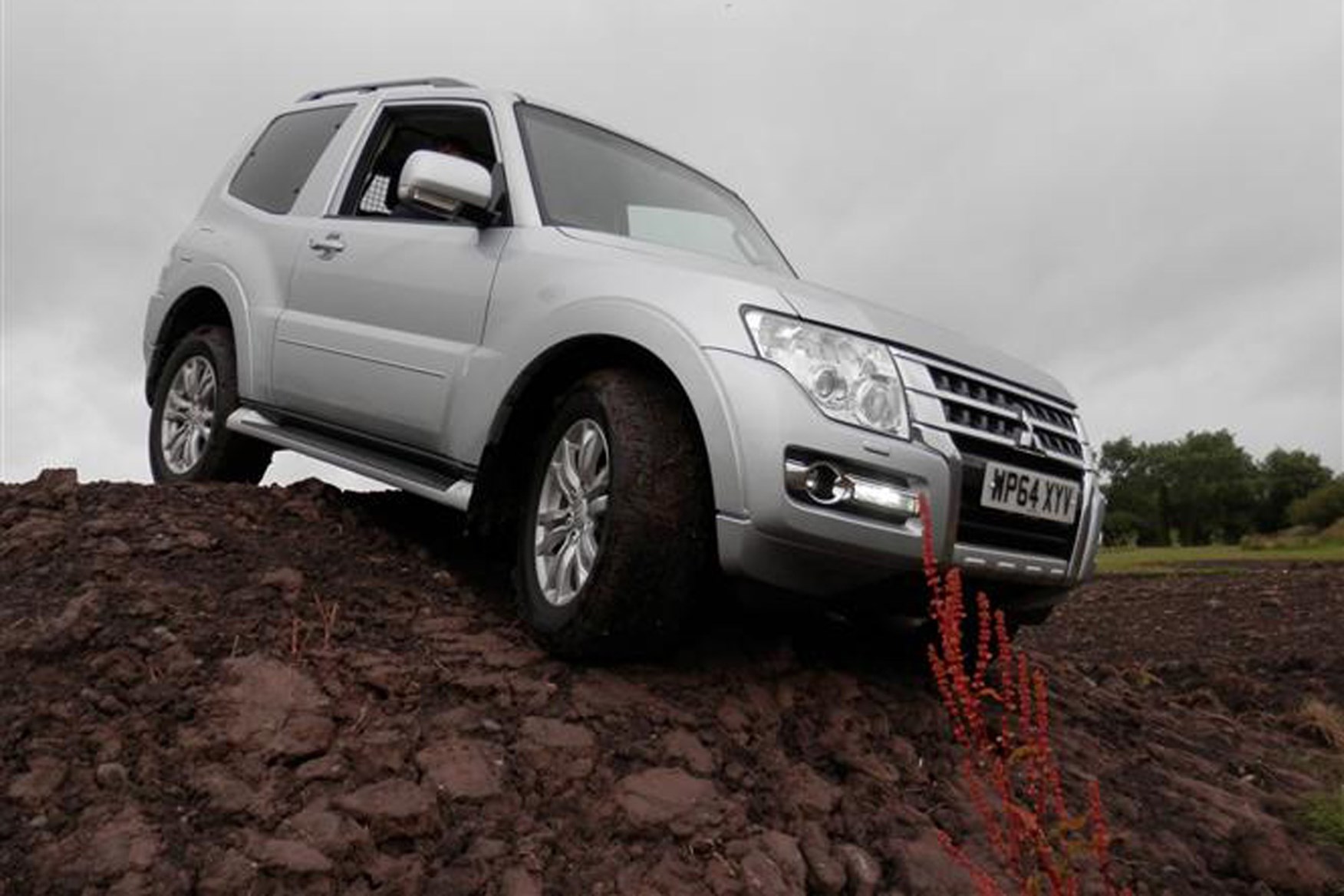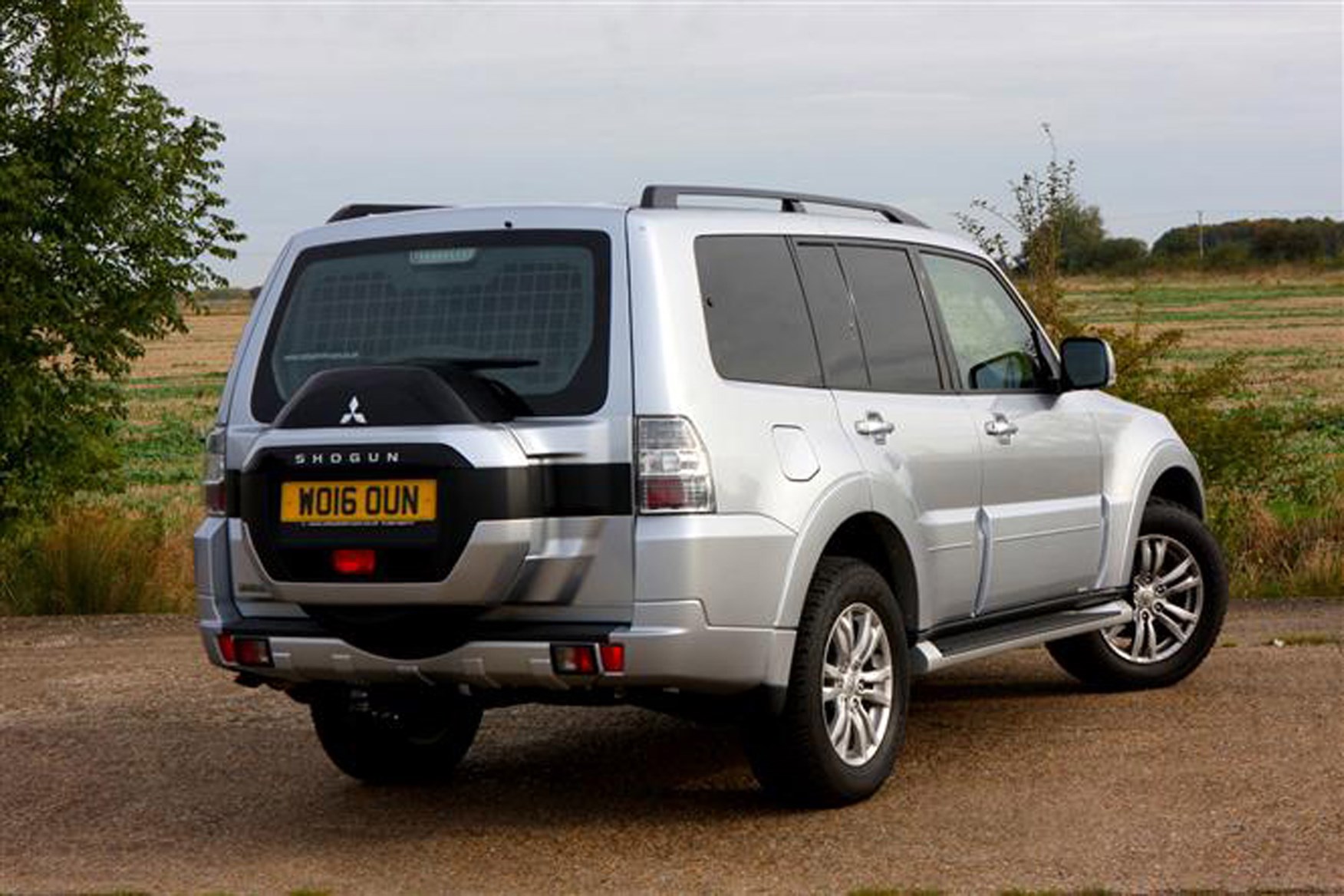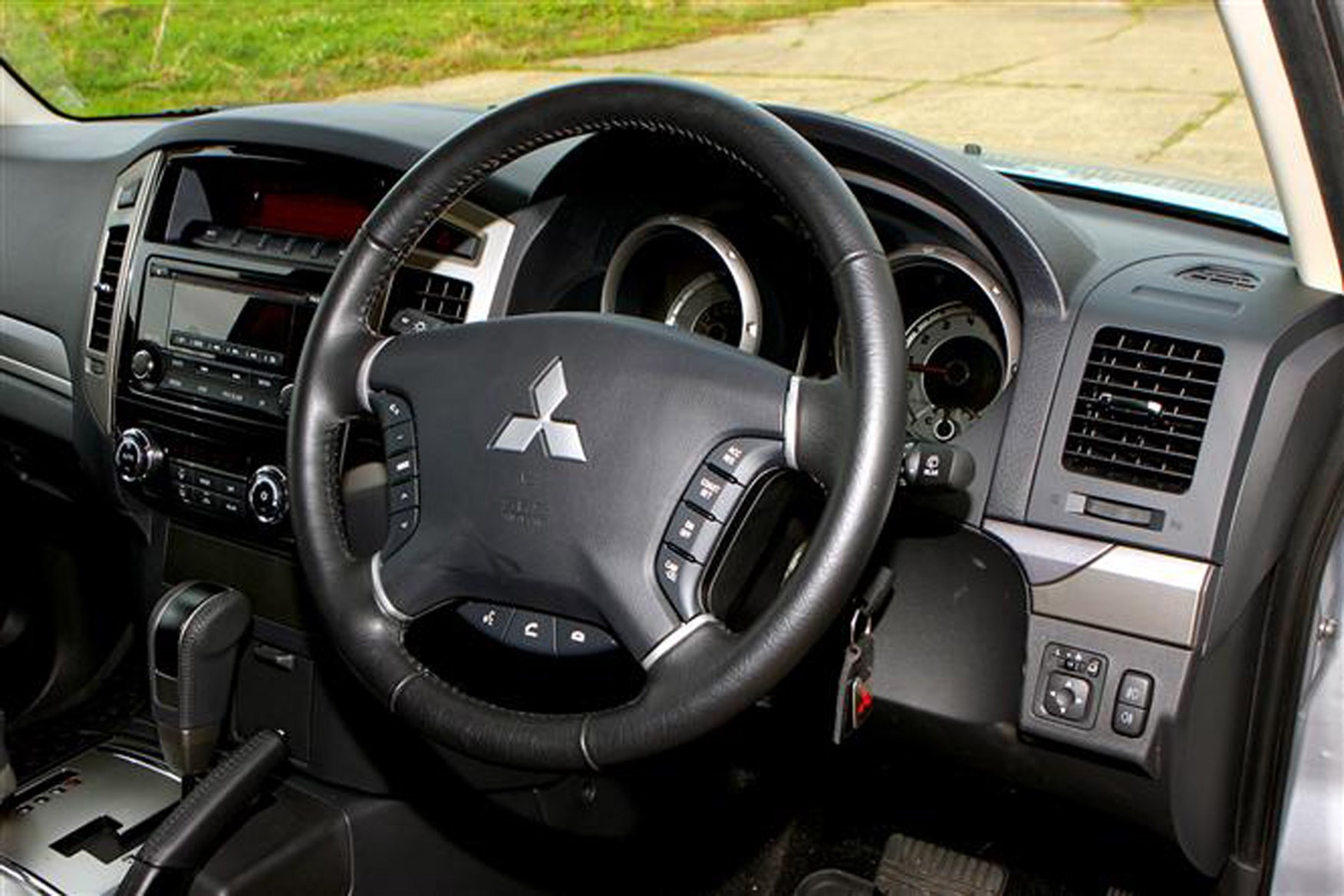Mitsubishi Shogun review (2007-on)
PROS
- Good visibility
- Powerful engine
- Great off-road
- Lots of standard equipment
CONS
- Poor on-road
- Only one engine option
- Thirsty engine
- Poor payload
Summary
The Mitsubishi Shogun has been a top seller among British farmers, and utility and construction companies since 1982 and is now into its fourth generation. It received a major facelift in 2014, which introduced a host of new safety and comfort features.

Model flexibility is just one element to its success. The Mitsubishi Shogun 4Work is available in short and long wheelbase, SG2, Warrior or Barbarian trim level and with a manual or automatic transmission, although the only engine choice is the 3.2-litre turbo diesel (197hp/441Nm).
See below for the full Mitsubishi Shogun 4Work review.
Skip to our full verdict on...
It’s very difficult to give the Mitsubishi Shogun a rating with its poor handling and refinement on road contrasting greatly with its agile and rugged off-road prowess. This seems to be the case with most 4x4s; very few make the cut in both aspects.
The long suspension travel means the Shogun generates a lot of body roll round the country bends and the steering is poor in both precision and directness. The engine, producing 197hp and 441Nm or torque, is very powerful though and quick off the mark.

We also rated the 5-speed automatic transmission, which was responsive and smooth despite its age, although the 5-speed manual did feel a little clunky.
Over the course of the wet summer weekend of our test, we found that the back end would often ‘spin out’ and, despite the traction control kicking in immediately, could be an unsettling experience for nervous drivers.
The Mitsubishi Shogun comes into a world of its own off road though. Super Select (SS4-II) 4WD system has four settings and comes with electronic transfer shift and Mitsubishi Active Stability and Traction Control System (MASTCS) clutch.

A 2WD High Range setting is best used for dry road conditions, 4WD High is for adverse weather and for towing, 4WD High with centre differential lock (4HLC) is for low grip surfaces like mud and gravel and 4WD Low with centre differential lock (4LLC) is for extreme off-roading.
When 4LLC is engaged, Engine Brake Assist Control activates in extreme downhill situations so it automatically takes over the braking as soon as it detects a loss of traction. It has a respectable 700mm wading depth, 210mm ground clearance and approach and departure angles of 34.6 and 34.3 (24.5 on long wheelbase) degrees respectively.
Side steps provide easy access to the cab, which sits about 400mm off the ground. The cab is spacious and, while it isn’t the most stylish with the large utilitarian steering wheel and the dated instruments and control, it’s certainly functional.
The windows, even the rear windscreen, are noticeably larger and sit deeper than the other vehicles in the segment, which provides good visibility all round. There is the usual number of storage spaces (glove box, central compartment, door pockets), and the two-part central compartment is fairly large.

Comfort seems to have played a huge role in the development, and the fabric seats are very comfortable, and are 6-way adjustable, heated and come with an armrest. Also standard through the range are electric windows, keyless entry, climate control, cruise control, electric folding and heated door mirrors and electric front windows.
Entertainment is provided by a standard radio with 6 speakers and USB port (inconveniently located within the glove box), although Warrior and Barbarians specs get a touchscreen system with Bluetooth, satellite navigation and a reversing camera. Both the higher specs also receive leather upholstery.
Total running costs are fairly high due to expensive parts and a thirsty 3.2-litre turbo diesel engine. On the combined cycle, it's cliamed to achieve between 33.2mpg and 36.2mpg, falling well short of likes of the SsangYong Korando, Dacia Duster, but ahead of the Land Rover Defender.
Service intervals for all Shogun variants are 12,500 miles or 12 months (whichever comes first) and Mitsubishi’s competitive service plan (MSP), covering the first three scheduled services can be purchased for £975 (including VAT). The price for additional parts can be quite expensive though.
The Mitsubishi Shogun has respectable 3-year, unlimited mileage warranty together with a pan-European roadside assistance package. The Mitsubishi Shogun has built up a reputation as a solid workhorse over the past 30 years, and new buyers should experience very little trouble.
There are reports, however, that frequently towing the maximum trailer capacity is hard wearing on the rear independent coil suspension, and that operators should instead look at vehicles with rear leaf springs like the Land Rover Defender or most pickup trucks.
Thanks to its passenger car roots, the standard of safety is pretty high. LED Daytime Running Lights, alarm and keyless entry, ABS with Electronic Brake Distribution (EBD) to ensure maximum braking efficiency, plus fog lights and traction control.
What's more, driver, passenger, front side and curtain airbags are all included in the standard specification.







